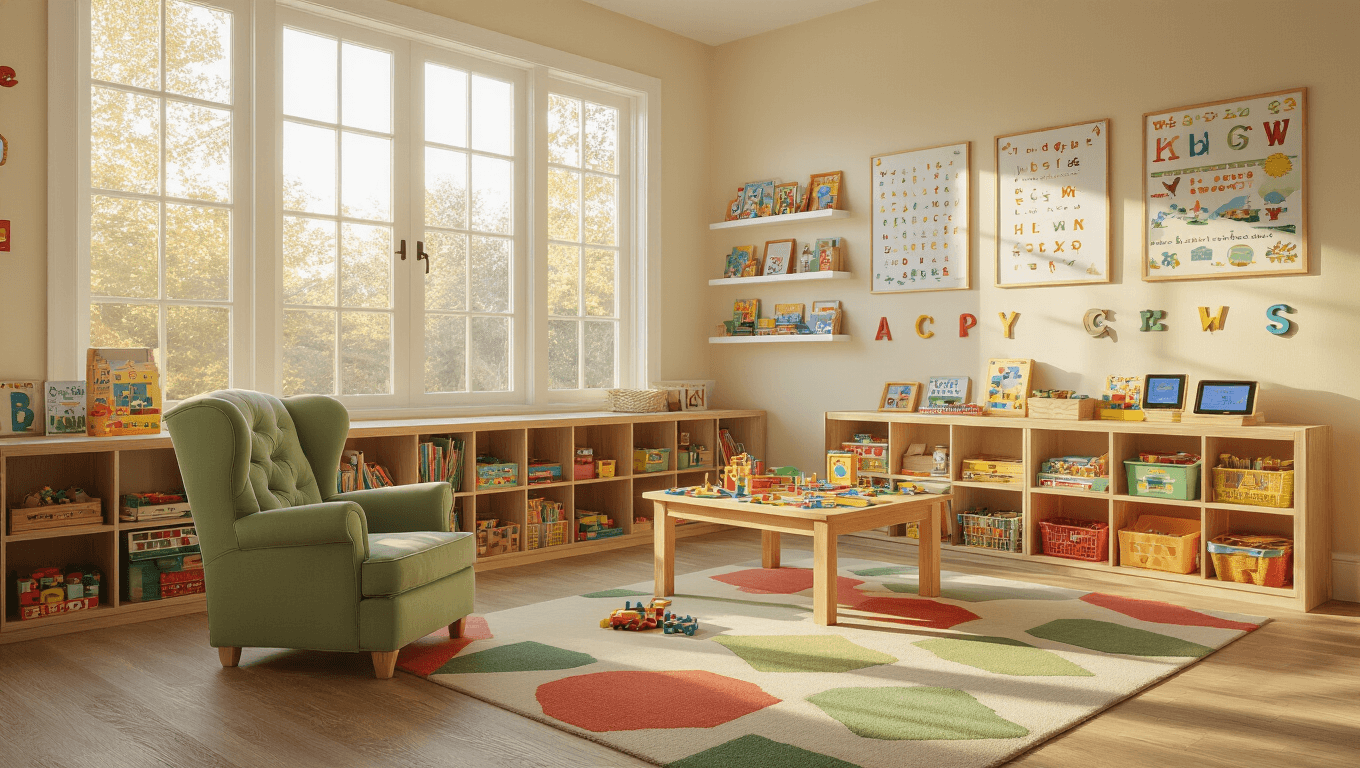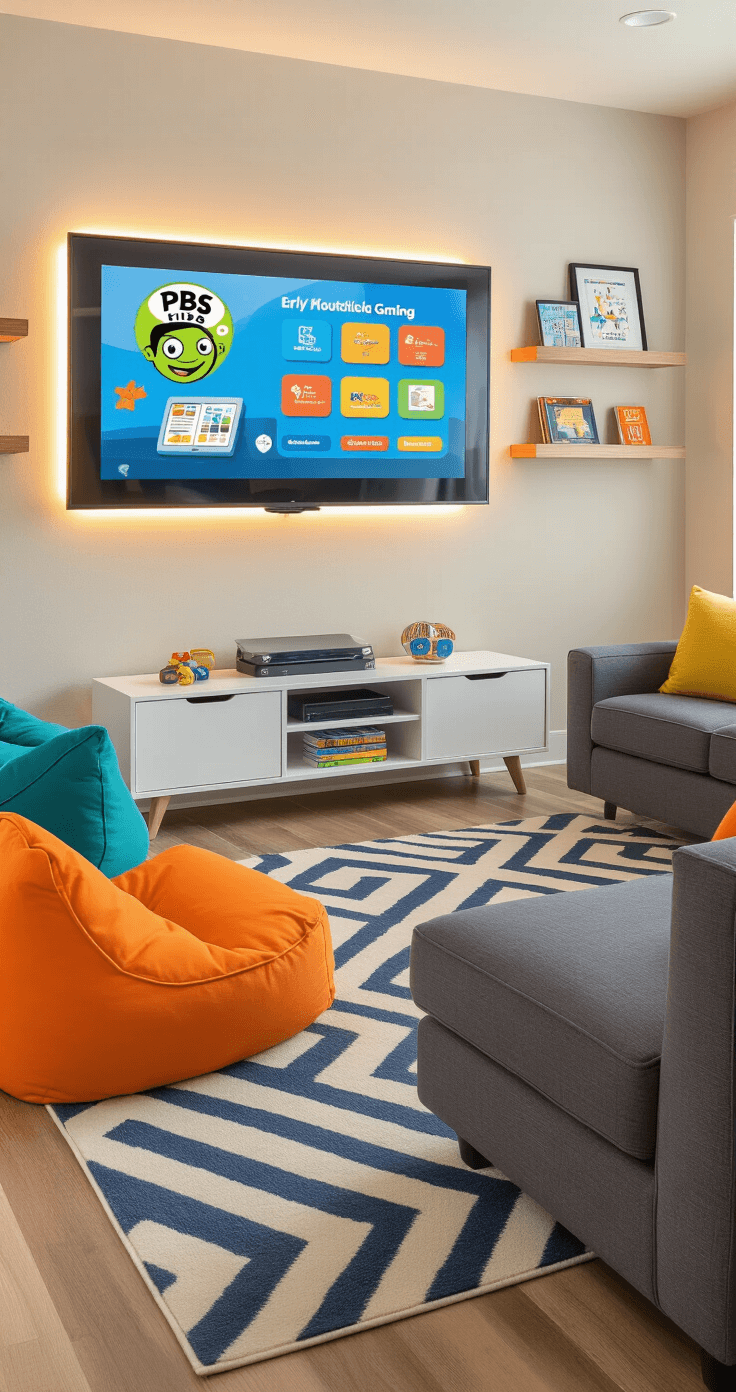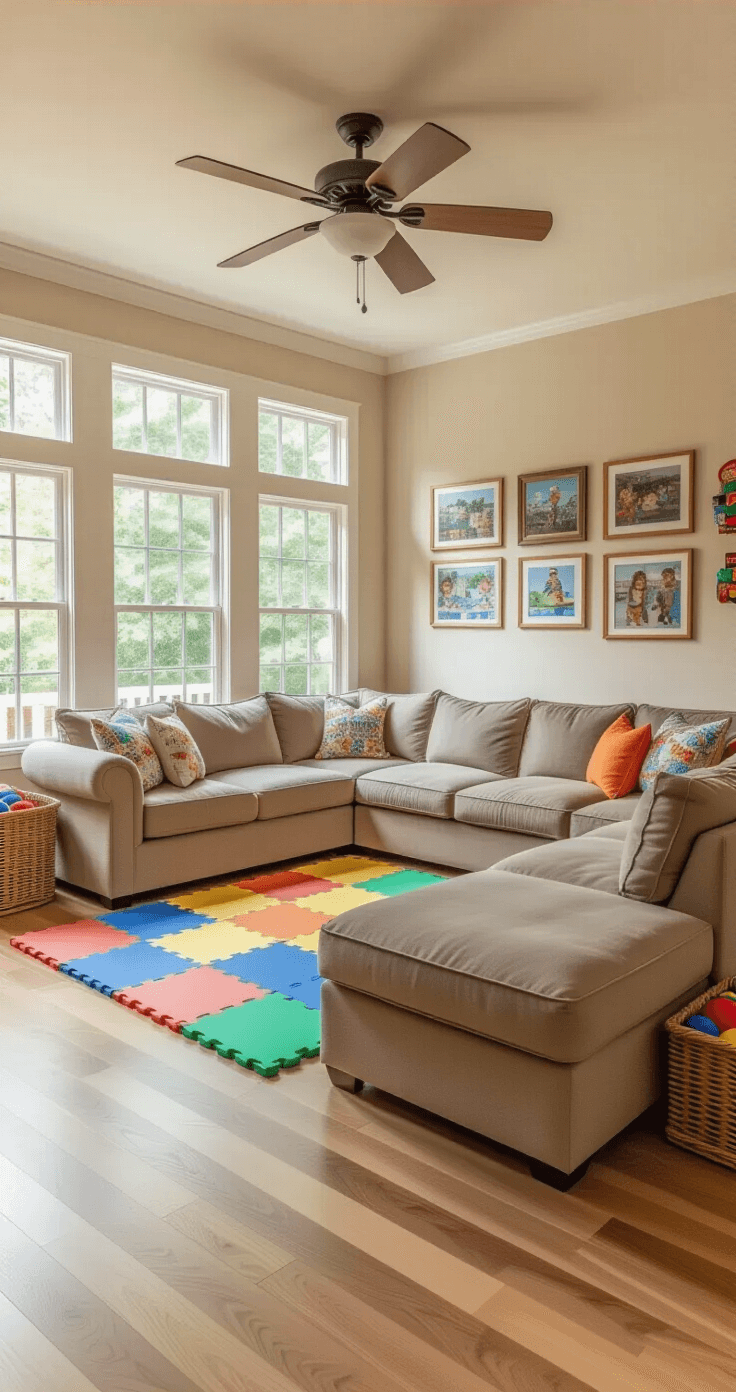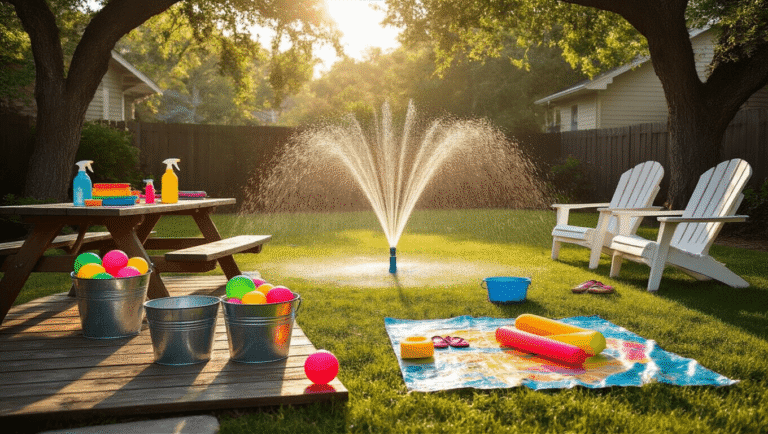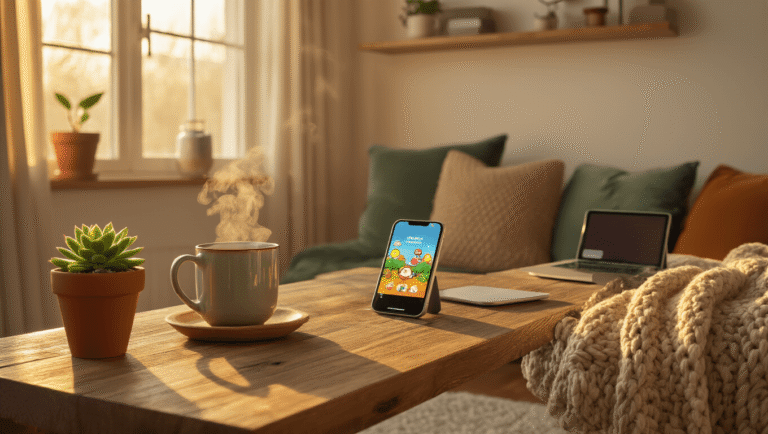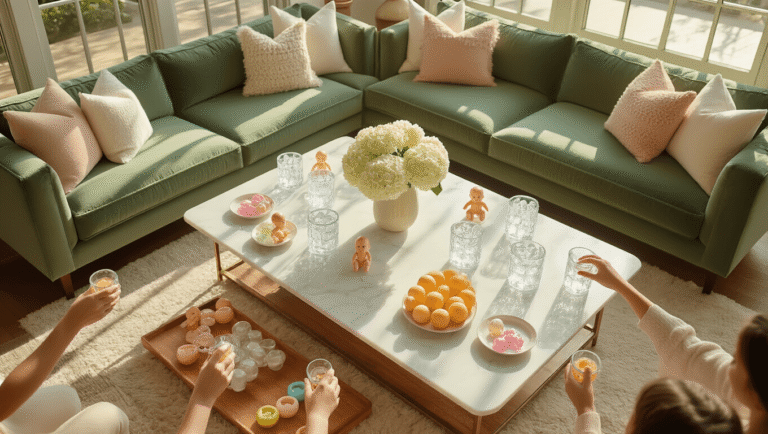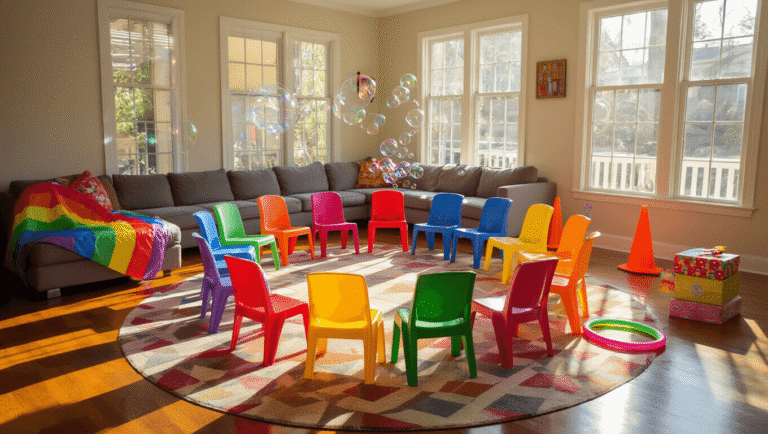This post may contain affiliate links. Please see my disclosure policy for details.
Games for Kids: The Complete Guide to Fun, Learning, and Endless Entertainment
Contents
- Games for Kids: The Complete Guide to Fun, Learning, and Endless Entertainment
- Why Games for Kids Matter More Than You Think
- Online Educational Games That Actually Work
- App-Based Learning Games Your Kids Will Actually Use
- Classic Physical Games That Never Go Out of Style
- Entertainment Games With Educational Sneaky Benefits
- Building Essential Skills Through Play
- Age-Appropriate Game Selection Made Simple
Games for kids have completely transformed how our children learn and play in today’s world.
I’ll be honest with you – as someone who’s spent years watching kids light up over the perfect game, I know the struggle of finding activities that actually stick.
You want your little ones engaged, learning, and having a blast all at the same time. But with thousands of options out there, where do you even start?
Why Games for Kids Matter More Than You Think
Let me tell you something that might surprise you. Those games your kids are begging to play? They’re not just time-killers.
I’ve watched a shy 5-year-old blossom into a confident reader through PBS KIDS games. I’ve seen an 8-year-old who “hated math” suddenly asking for more number puzzles.
Here’s what quality kids’ games actually do:
- Build critical thinking without kids even realizing it
- Teach patience and problem-solving skills
- Boost confidence through achievable challenges
- Create positive learning associations
The magic happens when entertainment meets education seamlessly.
Online Educational Games That Actually Work
PBS KIDS leads the pack, and for good reason. Their platform hosts hundreds of games featuring characters kids already love – Daniel Tiger, Wild Kratts, and the Sesame Street gang.
I remember watching my neighbor’s daughter spend an entire afternoon learning phonics with Elmo. She didn’t even realize she was studying.
Top-tier educational platforms include:
- Starfall: Perfect for early reading skills
- ABCya!: Grade-organized games from K-6
- Funbrain: Logic and math challenges that don’t feel like homework
The beauty of these platforms? Most games work offline too. Download them before that long car ride, and you’re golden.
What makes these games special:
- Safe, ad-free environments
- Progress tracking for parents
- Age-appropriate content filters
- Curriculum-aligned learning objectives
App-Based Learning Games Your Kids Will Actually Use
Mobile apps have revolutionized learning games for kids. The PBS KIDS Games app transforms any tablet into a learning powerhouse.
For toddlers and preschoolers, focus on:
- Color and shape recognition apps
- Simple memory games
- Basic coordination challenges
- Montessori-method learning tools
I’ve seen 3-year-olds master complex patterns through these seemingly simple games. The key is finding apps with strong parental controls and offline functionality.
Must-have features in kids’ learning apps:
- Multiple difficulty levels
- Reward systems that motivate
- Parent dashboards for progress tracking
- Safe, contained environments
Classic Physical Games That Never Go Out of Style
Sometimes the best games for kids require absolutely zero technology. These timeless classics build social skills, physical coordination, and pure joy.
Indoor games that save the day:
- Hide-and-Seek: Builds problem-solving and spatial awareness
- Simon Says: Develops listening skills and body awareness
- The Floor is Lava: Creates obstacle courses using foam floor tiles
- Duck, Duck, Goose: Perfect for groups and social development
I love watching kids create elaborate obstacle courses using household items and foam blocks. Their creativity knows no bounds.
Scavenger hunt ideas that work:
- Color hunts (find 5 red things)
- Texture exploration (soft, rough, smooth items)
- Letter or number searches around the house
- Theme-based hunts (animals, shapes, toys)
Entertainment Games With Educational Sneaky Benefits
Not every game needs obvious educational value. Sometimes pure fun creates the best learning environment.
Character-based platforms deliver:
- Nickelodeon Games: PAW Patrol adventures that teach teamwork
- Disney Games: Princess stories that encourage creativity
- Poki Kids: Curated safe games for various interests
These games work because kids connect emotionally with familiar characters. That connection opens doors to learning they might otherwise resist.
Building Essential Skills Through Play
Games for kids naturally develop crucial life skills without feeling like lessons.
Math skills develop through:
- Pattern recognition games
- Counting and sorting activities
- Shape and measurement challenges
- Basic addition/subtraction puzzles
Literacy grows via:
- Letter recognition games
- Phonics-based activities
- Story-building exercises
- Vocabulary expansion games
Critical thinking emerges from:
- Logic puzzles appropriate for each age
- Problem-solving scenarios
- Strategy-based games
- Creative building challenges
Age-Appropriate Game Selection Made Simple
Toddlers (2-3 years) thrive with:
- Simple cause-and-effect games
- Basic color and shape activities
- Touch-and-respond interactions
- Short attention span activities

